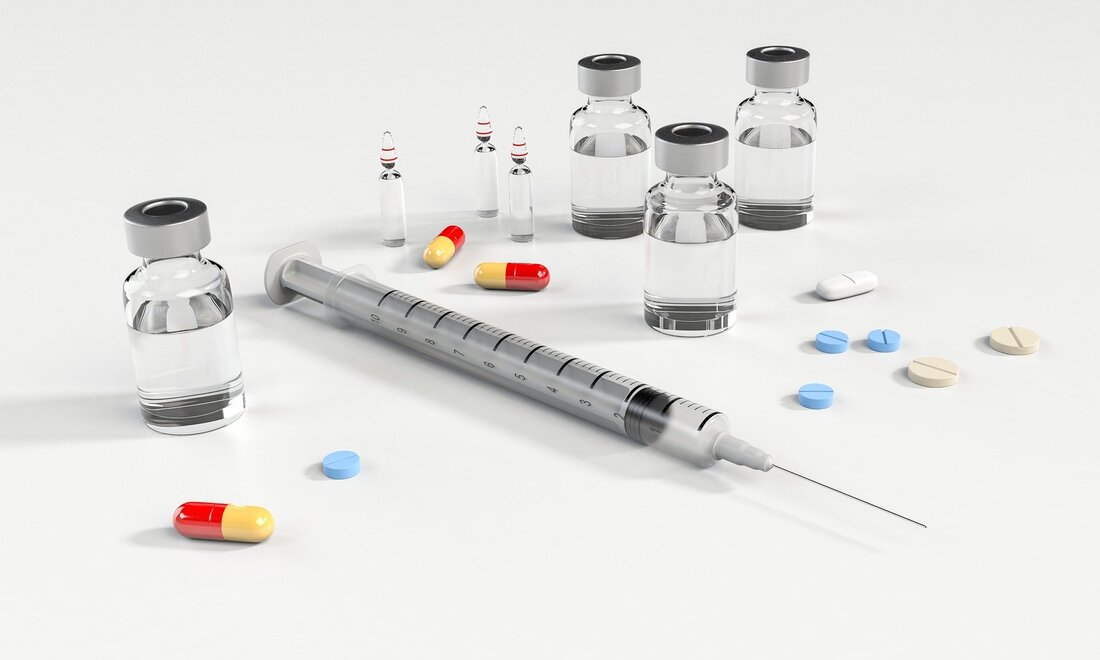|
What is Surgery – Pilonidal Sinus Surgery
DEFINITION A pilonidal sinus (Latin for "hair nest") is a hair-filled aberrant epithelium-lined duct that opens to the skin surface, most commonly in the natal cleft. AETIOLOGY Shed or sheared hairs are thought to penetrate the skin, causing an inflammatory reaction and sinus formation, with occasional negative pressure drawing in additional hair and perpetuating the cycle. EPIDEMIOLOGY Male > female, annual incidence of 26 per 100,000, mean age of presentation 19 (women) and 21 years (men).Associated with hirsute individual. Certain occupation may predispose to for example, hairdressers may develop interdigital pilonidal sinus. Due to soldiers suffering the illness during World War II, it is known as 'jeep bottom.' HISTORY A painful natal cleft, especially if inflamed or infected, with concomitant discharge or swelling, which the patient may complain of. This is a recurring issue. EXAMINATION Between the buttocks, midline holes or pits can be visible, from which hairs may protrude. A sensitive swelling occurs if there is an accompanying infection or abscess, which may be fluctuant or exude pus or bloodstained fluid when compressed. Secondary opening, often known as pits, are very prevalent. Squamous epithelium lines the sinus tract, which reaches a varied distance into subcutaneous tissue and frequently has branching side channels. In the accompanying granulation tissue, hair shafts and foreign body giant cells can be detected. Inflammation and the creation of a polymicrobial abscess packed with granulation tissue, pus, and hair result from the tracking of bacteria. INVESTIGATIONS For diagnosis, none is required. Check glucose (for diabetes) if there is infection WCC might be elevated. MANAGEMENT Acute pilonidal abscess: Removal of pus and hair usually involves incision and drainage (which can be done under local anaesthetic if the abscess is minor). The cavity is irrigated and packed, with dressings changed on a regular basis until secondary closure is achieved. Antibiotics are usually not required after surgery. Excision of the sinus tract, skin healing, and avoidance of recurrence are the treatment principles for chronic pilonidal sinus. Excision under general anaesthesia with examination, laying open, and removal of tracts (methylene blue staining may be used to identify them). It is possible to split the fibrous tissue tracts linked to the sacrococcygeal bone. Wound closure by primary intention (midline or off midline) or secondary intention (wound left open and healing). Wounds that have been closed heal faster on average, but there is a higher chance of recurrence. Wounds that are off the midline heal faster and are less likely to reoccur. The Karydakis procedure flattens and lateralizes the midline cleft by performing an asymmetric excision with a lateral closure. Bascom technique: Midline pits are excised and closed, then the chronic abscess cavity is removed via a lateral incision, leaving the lateral wound exposed. Preventing recurrence requires attention to hygiene in the affected area, as well as depilation or shaving. COMPLICATIONS Pain, infection, abscess, and recurrence are all possible outcomes. PROGNOSIS With the right management, it's great. Complicated disease is inconvenient and can lead to recurrent infection. By the age of 40, the condition is usually resolved.
0 Comments
Leave a Reply. |
Kembara's Health SolutionsDiscovering the world of health and medicine. Archives
June 2023
Categories
All
|

 RSS Feed
RSS Feed